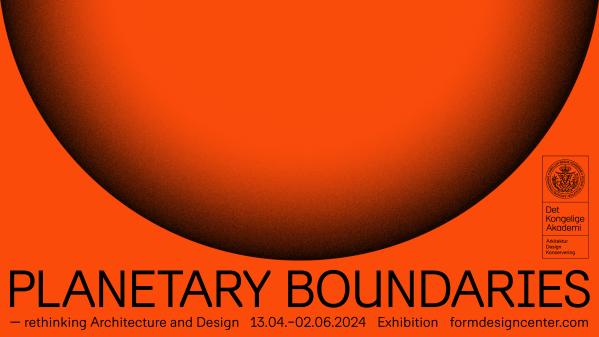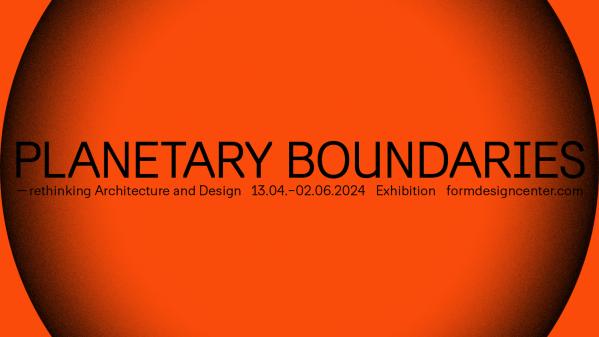Events of recent years have manifested what science has been forecasting for a long time: Climate change has become an obvious, red-hot truth. The climate is changing, and this is affecting the planet. The impact of human activity on the planet’s ecosystem can now be clearly felt in the state of the global environment. Climate change is not an eventuality; it is already here.
For quite some time, the Royal Danish Academy has focused on exploring new ways to reduce carbon emissions in building projects, to refurbish and restore buildings rather than build new ones, and to create designs that last. This exhibition allows you to experience selected projects which – from an academic architectural or design perspective – ponder the potential for innovative design, building materials and types of dwellings with wide-ranging aesthetics – but a tiny planetary footprint. At Form/Design Center you will be able to see 6 of the exhibition's 25 research and development projects.
Planetary Boundaries
Planetary Boundaries is a theory that is used to describe our global limitations. It examines what the Earth can endure before irreversible imbalances are created in our ecosystem. It is a theory focused on the planet’s needs rather than our needs: What does the planet need in the struggle for its own survival and the survival of natural environments and human beings?
Architecture and design – along with agriculture, transportation and other industries – have contributed to overconsumption of the world’s resources. This is why the Royal Danish Academy is rethinking how the architecture and design of the future can co-exist with a balanced planet. They are intently focused on making the requisite transition, because durable solutions are strongly linked to good architectural and design solutions.
Planetary Boundaries originates from the Stockholm Resilience Centre at the University of Stockholm. The centre measures the planetary boundaries that have been exceeded and the remaining scope for manoeuvre on the basis of nine parameters, all of which provide a situational report on the state of the global environment. Planetary Boundaries has been used by the UN, the EU and other bodies in drawing up climate policies, and it serves as the foundation for a host of other climate-related theories.

